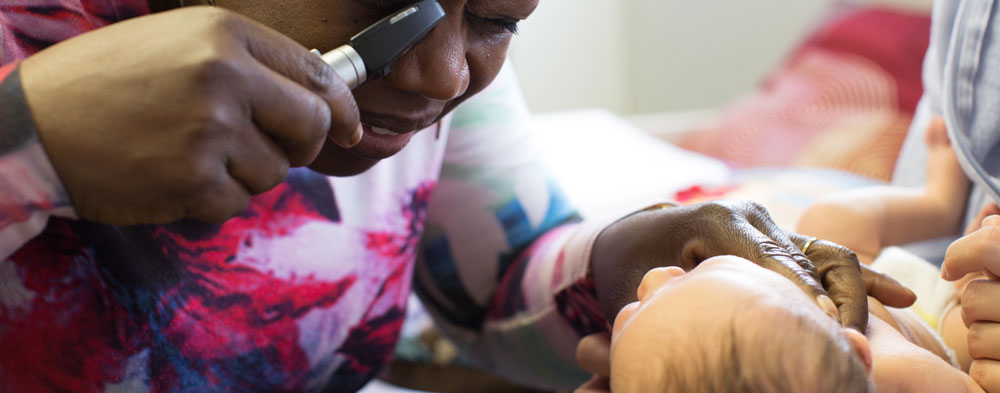Quality Improvement
![]()
Quality improvement in health care involves regular opportunities for individuals and teams to focus on improvements to processes, systems and workplace culture to provide high quality and safe care. Midwives, like all health-care providers and organizations, regularly engage in processes to critically evaluate the care provided, learn from challenges and make improvements. Often, midwives see these activities as simply parts of daily practice, but these actions are nevertheless quality improvement activities which support the high quality and safe care that midwives provide.
Improvements made following these various activities may be minor tweaks, such as improved labelling of IV bags or large provincial initiatives such as enhanced newborn screening.
The following are some of the activities that midwives engage in and links to further supports on maximizing their use:
- Reviews of complex cases, near misses, or adverse events – whether as part of hospital reviews or with midwifery colleagues through peer case reviews support the identification of opportunities for improvement.
- As the most important people in identifying improvement opportunities, clients may be invited to complete a quality of care evaluation or other survey at the end of their midwifery care. Midwives review the evaluations to develop action plans to respond to the feedback provided. Midwives also carefully consider any complaints that they receive from clients and respond to them thoughtfully.
- Data that maternity care providers enter into the Better Outcomes Registry and Network (BORN) supports research, such as that on the safety of home birth and critical analysis of practice group outcomes (e.g., caesarean section or breastfeeding rates).
- Through HIROC, midwives and health-care organizations engage in Risk Assessment Checklists (i.e., Risk Reference Sheets), where they consider themes from past incidents and look for opportunities to improve and avoid similar incidents in the future.
- While incredibly rare, local coroners review all neonatal or maternal deaths and many stillbirths to identify ways that such deaths could be avoided in the future. The Office of the Chief Coroner’s Maternal and Perinatal Death Review Committee reviews select cases and reports annually on themes of concern across maternity care. The AOM’s Quality, Insurance and Risk Management Committee reviews this report.
- Regular emergency skills training for the home and birth centre settings prepares midwives for rare emergencies (i.e., the AOM’s Emergency Skills Workshops) and the hospital (e.g., MoreOB).
Together, these processes help to maintain the high quality and safety of midwifery in Ontario while looking for ways to make it even better in the future.

